Slow demographic changes demonstrate administration’s failure to diversify campus
It’s like a broken record. The pleas for diversity at Tulane have gone on for years now, but if we continue to be all bark and no bite, nothing will change.
The university can celebrate its required courses and established offices dedicated to “fostering greater diversity, equity, inclusion, and accountability at every level of university life.” But if we do not have students who are accepted and enrolled at Tulane who embody that diversity, nothing has really changed.
For at least 30 years, Tulane has publically emphasized its commitment to promoting diversity and multicultural representation within its student body. Yet, in those 30 years, the enrollment of people of color as a percent of the student body has risen by 12.1 percent.
At face value, a 12.1 percent increase in enrollment might sound significant, but this only amounts to 1123 more undergraduates of color. If that’s all Tulane has to show for decades of work, it has not fulfilled its promise to meaningfully change the demographics of our student body.
In an article discussing diversity at Tulane, President Mike Fitts stressed that his admissions team “has moved energetically to build a more diverse student body, one which better reflects the depth and breadth of our 21st-century society.” Which society are we reflecting? The city?
The city of New Orleans’ demographics show 30.6 percent of the city is Caucasian, 59.8 percent is African American and 5.5 percent is Hispanic. Meanwhile, last fall at Tulane, 74.15 percent of undergraduates were Caucasian, 7.83 percent were African American and 7.44 percent were Hispanic.
As it seems, Tulane paints its campus with a different color than the rest of the city, and it is not olive green or sky blue; it is white.
On paper, Tulane is on the right path. But the sluggish pace we’ve kept for the last 30 years is too slow for the students who need our support. Until Tulane’s diversity programs, equity centers and similar initiatives significantly increase the presence of enrolled students of color on campus, Tulane’s verbal commitments to progress are useless. Tulane cannot let another 30 years pass without fulfilling its promise of change.
Tulane’s diversity-related programs come from the right place, but often lose sight of who they are supposed to impact the most: the students. Tulane has all the tools it needs to welcome students of color and promote diversity, but until we reassess our approach to increased campus diversity, the gates of Gibson Hall seem to be closed for the students we aim to help.
Leave a Comment
Your donation will support the student journalists of Tulane University. Your contribution will allow us to purchase equipment and cover our annual website hosting costs.



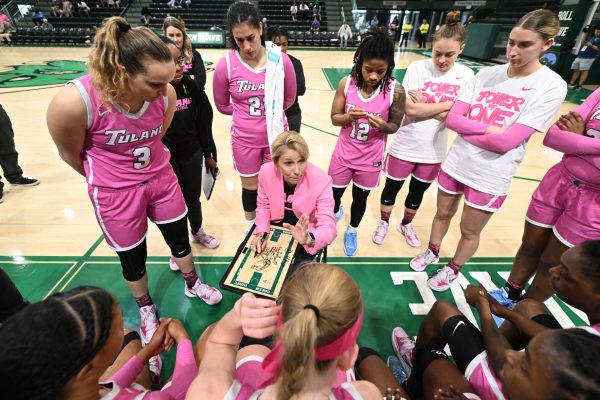
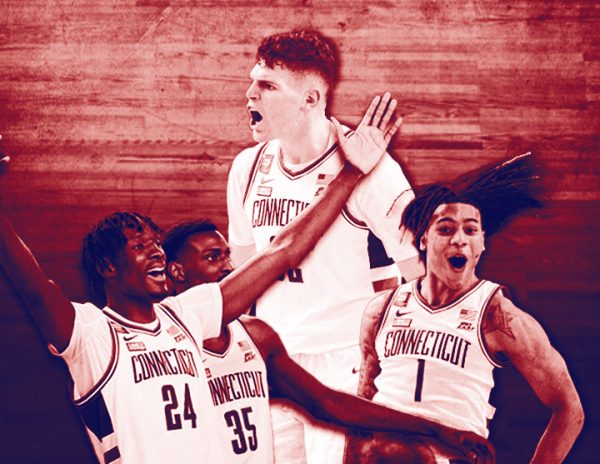
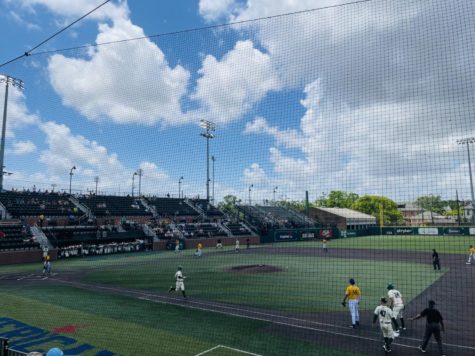

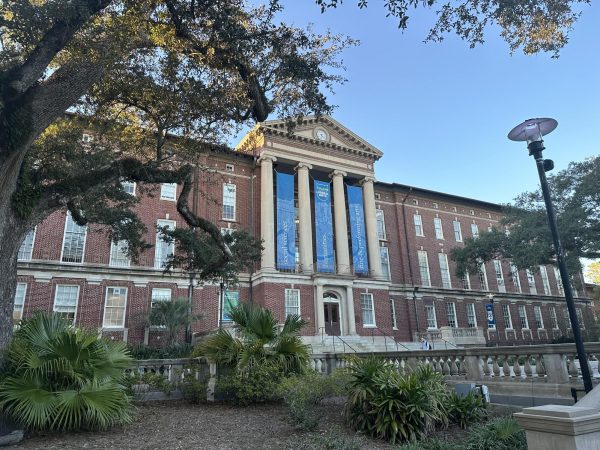

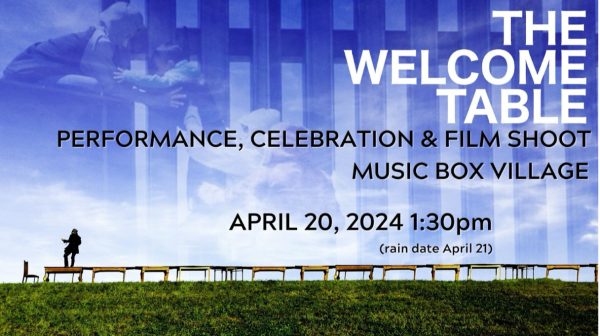
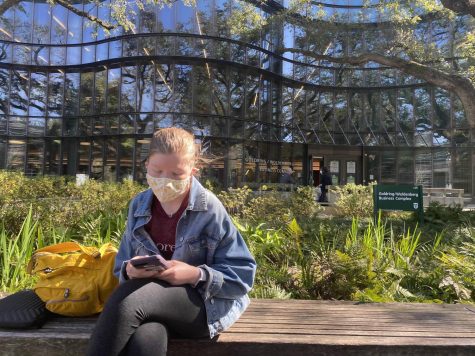



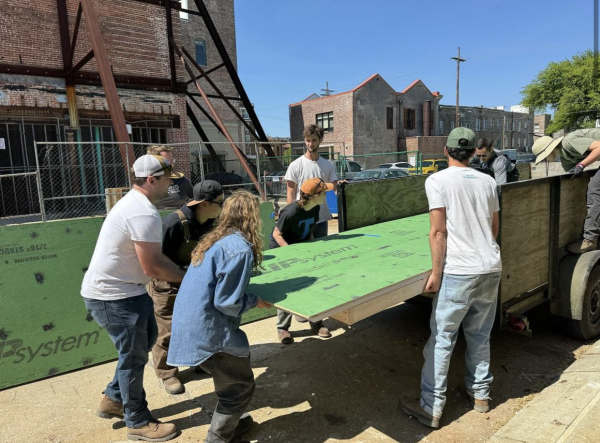

Virgil capote • Nov 7, 2018 at 2:04 pm
Great Article!
Jeffrey Schiffman • Oct 23, 2018 at 8:37 am
The author of this article has failed to research one key point: Tulane has only used race as a factor in it’s admission process for just two years. Why this is not mentioned in this article, I am not sure as it’s a key factor in the approach that the Tulane Office of Admission now takes in creating a more diverse institution.
You can read more about this here: https://www.bostonglobe.com/metro/2018/10/08/harvard-defends-race-conscious-admissions-other-schools-take-different-path/fgkmOKmairtN6J3xndEvNI/story.html. This is something that the author should have researched before publishing this story.